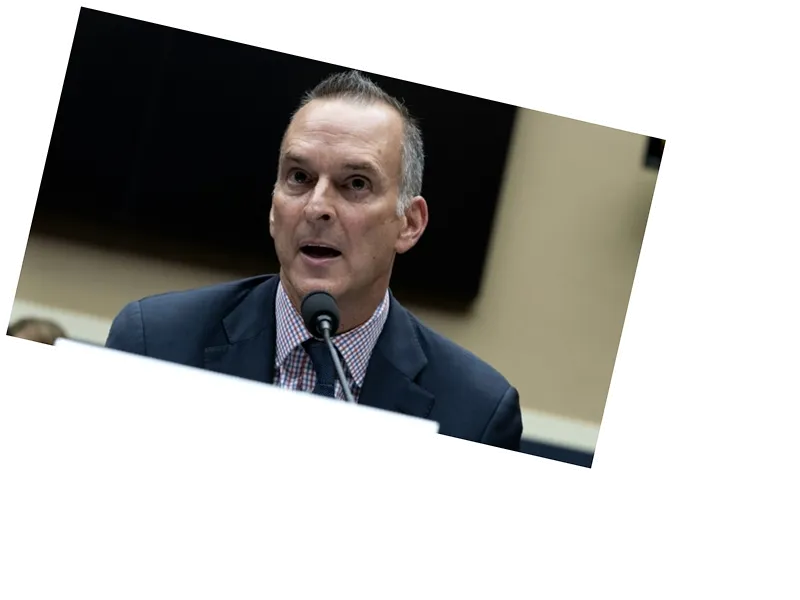Kamila Valieva's Doping Case: New Revelations Emerge
The Kamila Valieva doping case continues to stir controversy and debate, even months after the verdict was issued. The Russian figure skater, who faced a four-year disqualification after testing positive for trimetazidine, has garnered attention not only in her home country but also internationally. The disparity in treatment between Valieva and other athletes, such as Chinese swimmers implicated in similar doping violations, raises questions about fairness and transparency in anti-doping regulations.
Disappearance of Key Evidence
Recent investigations have revealed that an expert report supporting Valieva's claims of food contamination has mysteriously vanished from her Court of Arbitration for Sport (CAS) file. This report, conducted by Martial Saugy, a former director of the Lausanne Anti-Doping Laboratory, suggested that the presence of the banned substance could have been due to contamination rather than intentional doping. The World Anti-Doping Agency (WADA) has denied any allegations of suppressing this evidence, stating that the decision to disclose the report was ultimately up to RUSADA, which had initially acquitted Valieva.
Implications for Russian Sports
The fallout from this case has significant implications for Russian sports. Lawmakers and sports officials have voiced concerns that the handling of Valieva's case reflects a broader bias against Russian athletes. Dmitry Svishchev, a deputy in the State Duma, accused WADA of seeking a harsh punishment to set an example, while Svetlana Zhurova urged Valieva's legal team to explore all options for appeal. The controversy surrounding this case highlights ongoing tensions in the world of sports regarding doping regulations and the treatment of athletes.
- The Kamila Valieva case has not only generated discussions about fairness in doping regulations but has also sparked debates about the treatment of underage athletes in high-stakes competitions. With Valieva being a minor at the time of the alleged doping violation, questions arise about the appropriateness of the sanctions imposed on her. Critics argue that the system should take into account the age and maturity of athletes when determining penalties for doping violations. Furthermore, the involvement of various sports agencies and the opaque nature of the investigation have led to calls for reforms in how doping cases are handled. Many believe that a more transparent and consistent approach is necessary to ensure that all athletes are treated fairly, regardless of their nationality. As the story unfolds, the ramifications of this case are likely to resonate throughout the sports community, prompting discussions about ethics, accountability, and the future of doping regulations.






